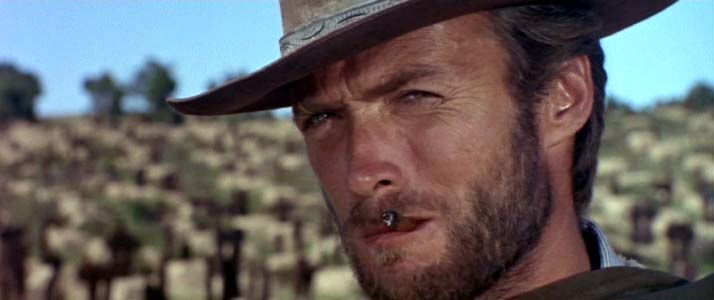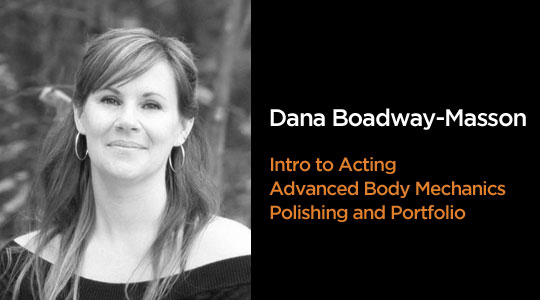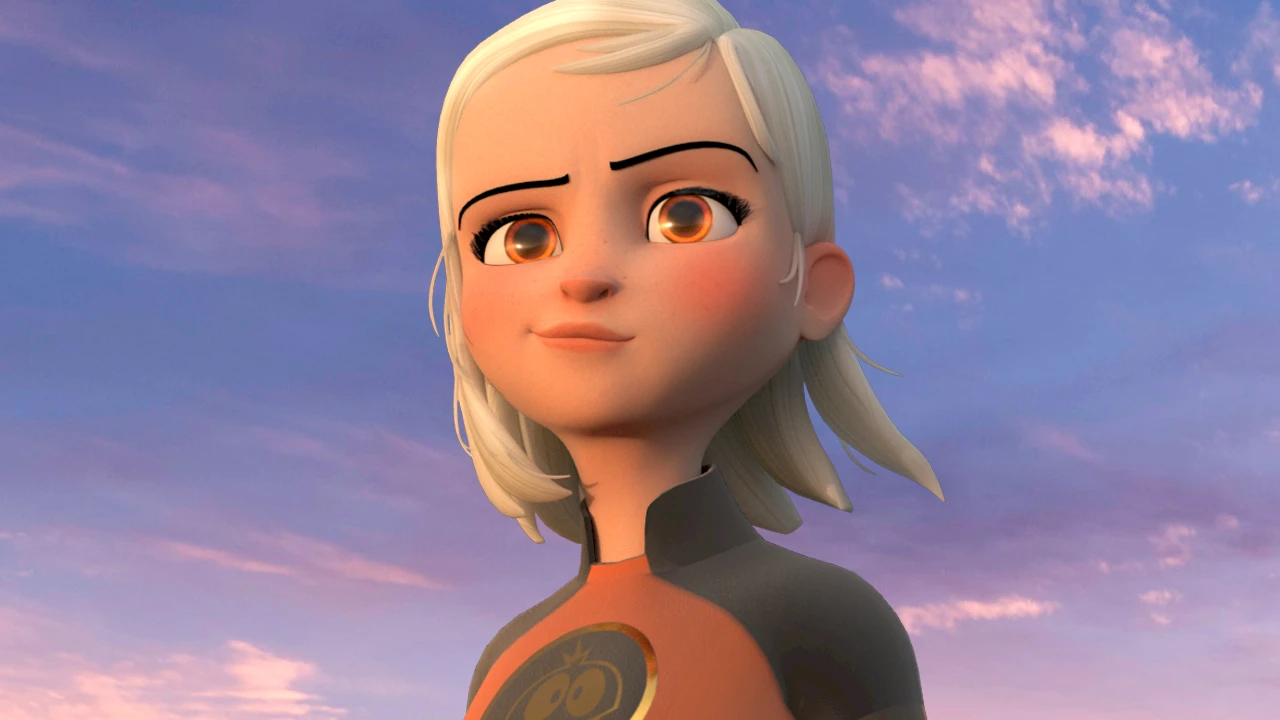
What separates a good animator from a bad one? While the answer might be somewhat subjective, animation supervisors have a very clear idea of what they’re looking for! Learn more about how to be on the good end of the spectrum from all-around pro Dana Boadway Masson, owner/director at Killerjellybean Animation.
I would say, from a supervisor’s point of view, that a good animator is one who shows great attention to detail and won’t hand in work that is clearly mediocre or worse, accompanied by a myriad of excuses. They are aware of the thought processes of the characters they are animating, and are conscious of communicating that to the audience.
A good animator will put the work in, not only to make the movement work, but to make the poses interesting, visually appealing, and to connect those poses to the character’s acting and emotion.
A good animator creates interesting rhythm in their shot, and isn’t afraid of using moments of stillness to accent both the rhythm and the communication.
There are also some elements of detail that I find really separate good animation from bad. One element is shoulder movement. Bad animators will not use the shoulders very much in their animation, when in reality, shoulders have a huge amount of articulation and really connect the arm movement into the torso movement. I’ve seen lots of stiff or non-existent shoulder movement in bad animation.
Good hand poses are another element that take good animation to the next level. Hands are incredibly emotive and communicative, but it is also painstaking to animate all those digits. A good animator will put the work in, not only to make the movement work, but to make the poses interesting, visually appealing, and to connect those poses to the character’s acting and emotion.
I’ve seen lots of stiff or non-existent shoulder movement in bad animation.
Other than those particular things, it’s just a mastery of the principals of animation—paying attention to all of the elements that make a great shot! Great posing, great timing, body mechanics, great character acting (and this is something that is very difficult—mastering the body language and personality of a particular character versus just moving a character around generically).
Something I can’t emphasize enough is the importance of having strong body mechanics. Whether you’re going more realistic or more cartoony, if the body mechanics aren’t “buyable” the character will never really take on life.
A good animator creates interesting rhythm in their shot, and isn’t afraid of using moments of stillness to accent both the rhythm and the communication.
If they don’t have that illusion of life, that makes it very difficult for the audience to empathize with them, and it will be much much harder to draw the audience into the story and maintain the suspension of disbelief.
Read more of Dana’s wisdom:
Choosing the Best Poses for Your Acting Shot
Exaggeration: The 12 Basic Principles of Animation
Facial Animation 101

Want to learn from professional animators like Dana?
Start your journey by learning with professional animators from a variety of major studios and career paths! Get more information about Animation Mentor’s Character Animation Courses.




